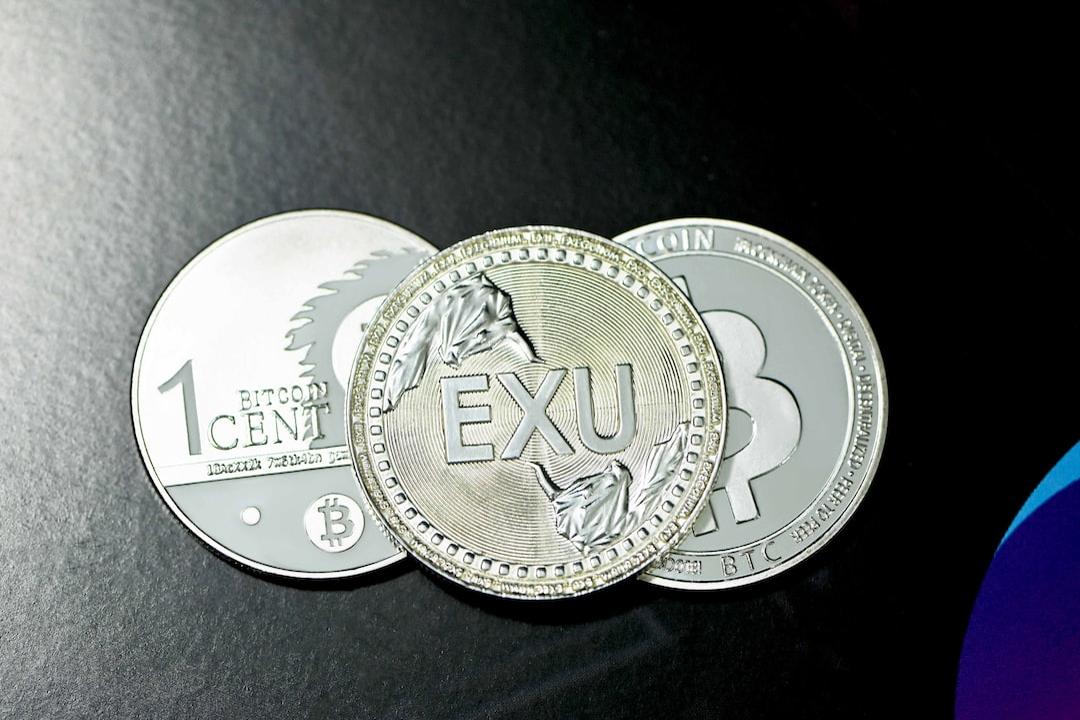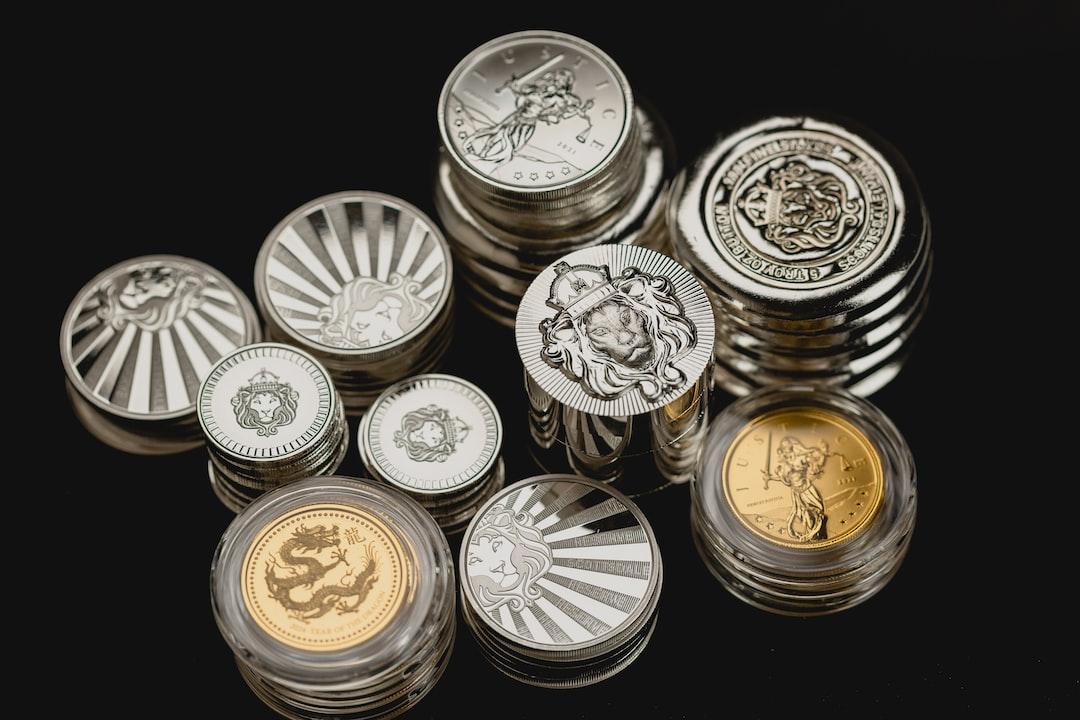Current Market Slump: Latest Trends in U-Standard Financial Management
The recent trends in U-standard financial management, covering the yield variations in CEX and DeFi, fixed income opportunities, and potential airdrop strategies, are as follows: In this market wave, how can we effectively enhance capital utilization? This article will provide you with practical strategies and market trend analysis.
(Background: Market correction hurts; suitable strategies for lazy investors in U-standard financial management can be found here)
(Background Supplement: Market correction is a trap; suitable strategies for lying flat in U-standard financial management Vol. 2 can be found here)
The market has dipped again, and the demand for financial management is rising once more. There seems to be an unknown inverse function between the two variables.
In the past two weeks, we have shared the first issue on how painful the market correction is, and the more suitable lazy person’s U-standard financial management strategy, as well as the second issue, which discusses the market correction as a trap and suitable strategies for lying flat in U-standard financial management Vol. 2. The aim is to cover relatively low-risk yield strategies centered around stablecoins (and their derivative tokens) in the current market, helping users who wish to gradually scale their capital through U-standard financial management find more ideal income opportunities. In this issue, we will continue to focus on the latest trends in the U-standard financial management market.
Base Interest Rate
Odaily Note: The base interest rate provisionally covers single-currency financial management plans from mainstream CEXs, as well as mainstream on-chain lending, DEX LPs, RWA, and other DeFi deposit plans.
Due to the sluggish market conditions, the base interest rates across major CEXs and DeFi platforms have also declined—OKX’s annualized yield for USDT single-currency financial management has dropped to 1%, while Ethena’s sUSDe APY has fallen to 4.99%.
For CEX
Besides the funds currently planned for short-term bottom-fishing and the subsidized shares (typically within 500 U, with Gate and Bitget being relatively higher, allowing for more opportunities to take advantage), it is not advisable to keep remaining funds in CEXs, as the yield efficiency is indeed too low.
On the DeFi Side
The situation is relatively better but still not ideal; it is challenging to find pools yielding over 10% on major chains like Ethereum, Solana, and Base, although there are some in smaller ecosystems. For example:
- Sonic’s Shadow: USDC.e/USDT LP 18.3%;
- Soneium’s Kyo: USDT/USDC.e LP 17.37%;
- Aptos’s Echelon: sUSDe 17.14%, USDC 13.53%;
Additionally, keep an eye on Fluid, which is set to deploy on Polygon. According to the latest proposal, both parties are expected to provide some extra incentives, coupled with Fluid’s relatively high deposit APR among mainstream lending protocols, indicating that the expected yield after incentives will be decent.
Pendle Zone
First, about fixed income, the real-time ranking of PT yields in various stablecoin pools on Pendle is as follows. Considering the underlying asset conditions (reputation, liquidity, etc.) and maturity dates, I personally recommend the USR (PT 14.6%) expiring on April 24 on Base and the eUSDe (PT 13.7%) expiring on May 29 on the mainnet.

This week, I want to discuss the movements of the whales concerning Pendle.
On March 8, whales swept up $70 million in USDe YT (expiring on March 27), indicating a strong confidence in the upcoming Ethena S3 airdrop this month. Therefore, the current consideration is how to accumulate Ethena points more efficiently and keep pace with the whales.

As a side note, the leverage ratio for USDe YT points expiring on March 27 has already reached 7132.89 times. If you want to accumulate Ethena points as quickly as possible, directly purchasing YT would be the most efficient route—given that YT’s price will drop to zero on the expiration date, this is essentially a trading behavior and not covered within this series of articles.

In situations where one does not wish to risk the principal, compared to purchasing PT (which offers higher fixed income), I currently recommend users participate in LP form (lower surface yield + retained point positions), particularly the USDe pool expiring on July 31, which has the highest multiplier bonus of 60 times.

Other Opportunities
Last week, we also shared some score-boosting strategies on Sonic outside of this series (see “Efficiently Capture Sonic’s June Airdrop: Refer to These Three Major Leverage Strategies”), but these strategies either require spot-futures pairing (spot + waiting position for shorting) for hedging or rely on the native protocol on Sonic, raising some concerns about safety.
Now, the situation has changed!
Aave, after deploying to Sonic last Monday, quickly raised the capacity limit of the stablecoin pool (USDC) to $70 million, and this pool can now enjoy an 8% fixed incentive (the incentive needs to be claimed later through Aavechan, with an additional 0.8% deposit APY), and one can also earn 10 times Sonic points.
The key point is that since Aave supports deposit and borrowing of the same asset (depositing USDC to borrow USDC), you do not have to worry about price fluctuations (like in the S/stS pool, where there is always concern about unexpected decoupling), so you can leverage without hesitation—the current borrowing cost for that pool is 3.25%, and the deposit yield is sufficient to cover that cost. After a few cycles of borrowing, both the base yield and point accumulation rate can be enhanced significantly.

So, the mantra remains: just use Aave!
Additionally, Noble launched the income-generating stablecoin USDN last week and simultaneously rolled out a points activity. The awkward part is that the points pool does not earn the native yield of USDN (4.3%), so it is impossible to enjoy both benefits. Conversely, the yield increase for the non-points pool has reached 14.1%. Whether to prioritize yield or points is subjective.
Finally, Movement is expected to open its public mainnet on March 10 local time, which may come with some early mining benefits. It is advisable to keep an eye on it, and if I see decent pools, I will update them promptly on X (@azuma_eth).



